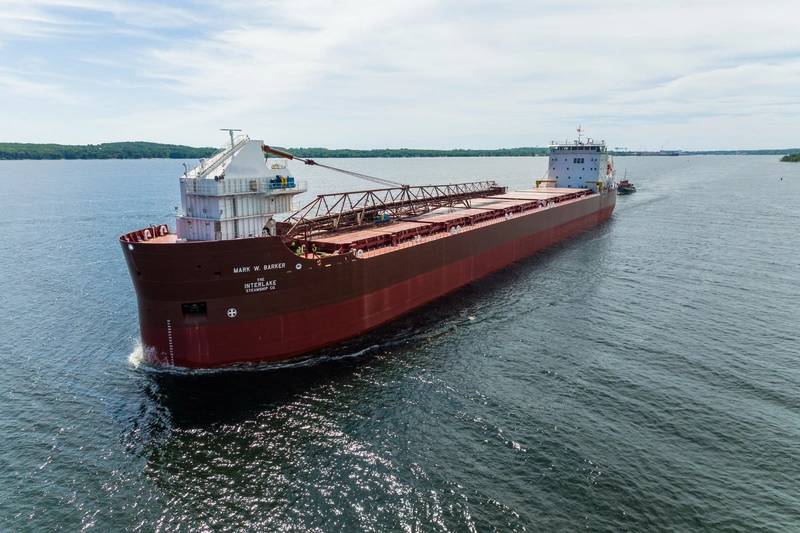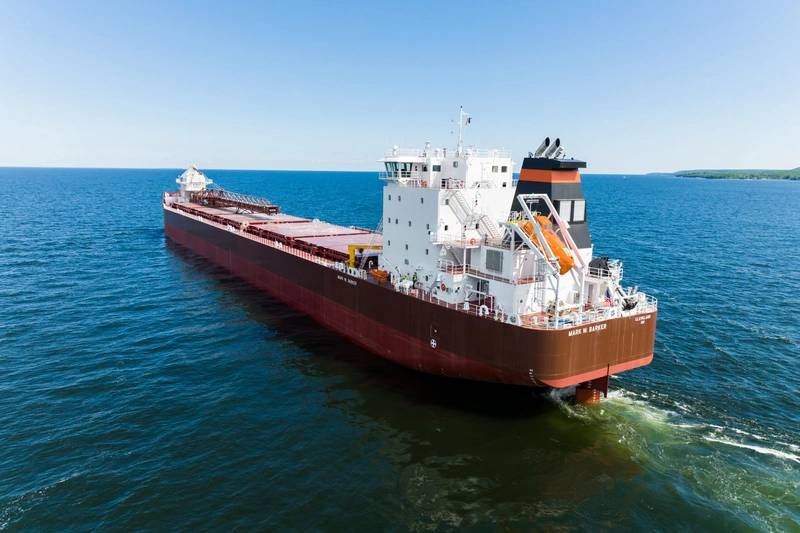The annual indexation (2022) for “A guide to cost standards for dredging equipment 2009” is now available. New in this year’s edition are the inclusion of sustainability factors.
The dredging sector recognises the importance of working in a sustainable way and the IADC (International Associations of Dredging Companies) promotes the industry’s vital role in the global sustainability transition and contribution to solutions for sustainability challenges.
A guide to cost standards for dredging equipment 2009
The publication “A guide to cost standards for dredging equipment 2009” offers a standard method to establish the capital and related costs of various types of dredging plant and equipment that are commonly in use within the industry. Every year, an updated index is prepared by IADC’s Indexation Cost Standards Committee and published by Construction Industry Research and Information Association (CIRIA), a neutral, independent and not-for-profit body.
The guide supports stakeholders in dredging projects and provides essential information for determining tenders and cost estimates. It provides a description of the most common dredgers and dredging equipment used as well as the principles and definitions for the standards and cost standard tables. These tables represent calculations on replacement values, depreciation and interest costs as well as maintenance and repair costs for the various types of equipment.
Prepared by IADC with data exclusively collected for this purpose, the reference gives the replacement value for ex-works, yard or importer for several types of dredging equipment including trailing suction hopper dredgers, cutter suction dredgers, boosters, jack-ups and steel pipelines. The publication is based on the experience and statistics from international dredging contractors that are members of IADC.
Sustainability factors
The introduction of a sustainability factor is applicable to the standard value of a trailing suction hopper dredger (TSHD). Its value can therefore be increased by a sustainability factor that considers the following:
- If SCR (selective catalytic reduction) installations on each engine >130 kW have been installed (except on engines used solely for emergencies), and have been commissioned on the vessel;
- If DPF (diesel particle filters) on each engine have been installed (except on engines used solely for emergencies) and have been commissioned on the vessel; and
- If the LNG installation has been commissioned on the vessel, which can be proven by a BV class notation “dual-fuel” or equivalent.
‘We are pleased that important sustainability factors are now also published together with the annual indexation,’ says Rene Kolman, Secretary General of IADC. ‘This proves that sustainability is increasingly becoming an important part of dredging-related topics, both within the industry itself, but also among independent researchers, policy makers and regulators.’
The annual indexation and sustainability factors are published by CIRIA and can be downloaded for free from the CIRIA website and are also available on IADC’s website.
Source: https://swzmaritime.nl/news/2022/07/13/cost-standards-indexation-for-dredging-equipment-now-includes-sustainability-factors/







